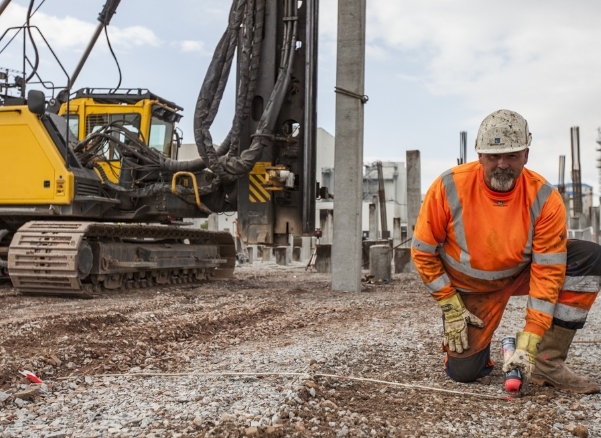Retaining Wall Techniques to Achieve Slope Stabilisation
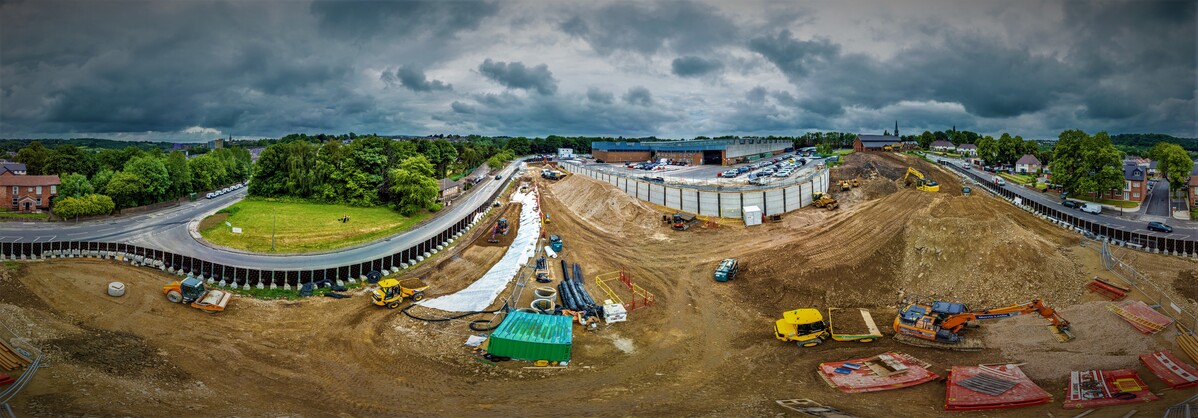
Introduction
Retaining walls serve as essential structures to prevent soil erosion and maintain the stability of slopes. Slope stabilisation can be a crucial aspect of a project, especially when dealing with uneven terrain. In this article, we will explore six retaining wall techniques which can be applied to achieve slope stabilisation, providing insights into their applications and benefits.
Sheet Piling
Sheet piling is a versatile retaining wall technique that can be used temporarily or as a permanent solution. It involves driving interlocking steel sheets into the ground to create a barrier against soil movement. It can be especially effective in waterfront developments and areas with high groundwater levels, and is ideal for sites dealing with challenging soil conditions and limited space.
Aarsleff are experts in the design and delivery of a wide range of sheet piling applications. For the past 30 years, we’ve been installing sheet piles across the UK. Check out our recent deep dive on the practical application of ground engineering for slope stabilisation to see the value added by Aarsleff at a sheet piling job in the North East →
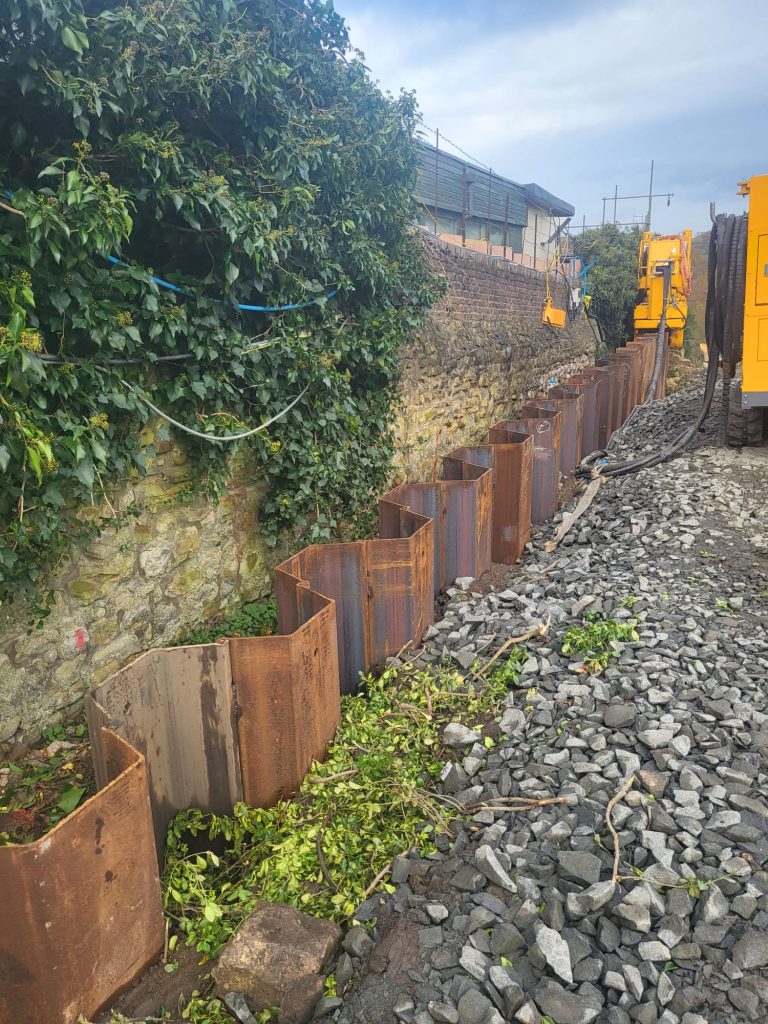
King Post Walls
King post walls are a cost-effective and space-efficient solution for slope stabilisation, especially effective for projects with shallow bedrock or where excavation is limited. King post walls consist of vertical steel or concrete posts anchored into the ground, supporting horizontal panels, most typically made of precast concrete. The finished product can be easily cladded, meaning that any finish can be achieved, and it offers long-term stability, providing peace of mind.
King post walls are a key technique in Aarsleff’s retaining wall portfolio, due to their adaptable nature and quick installation. At a recent job in the West Midlands, Aarsleff were contracted to remediate a failed timber retaining wall for a residential scheme. Slope stability analysis carried out by our expert design engineers ensured that the king post wall we designed and installed will deliver long term stability for the development. Discover the full case study →

Contiguous Piled Walls
A contiguous piled wall is constructed via the installation of closely spaced bored piles to form a retaining wall. It’s a technique that is highly adaptable, making it effective in tight spaces and variable ground conditions. Due to its foundation of bored piles, it’s also a great option for urban environments where noise and vibration need to be tightly monitored during installation.
King Edwards Bay is a small sandy beach enclosed by grassy banks and sheltered by cliffs, located at the foot of Tynemouth Priory and Castle – a historic site run by English Heritage. It is one of the most recognisable landmarks in the North of England. Aarsleff provided a two staged solution to develop a scheme design that would provide a 120-year design life in remediating the cliff face, which was in imminent danger of collapse. The second phase involved the installation of a contiguous piled wall, 10m in depth and 300mm in diameter, secured with a capping beam to provide stability to the cliff. Read more about the full scheme →
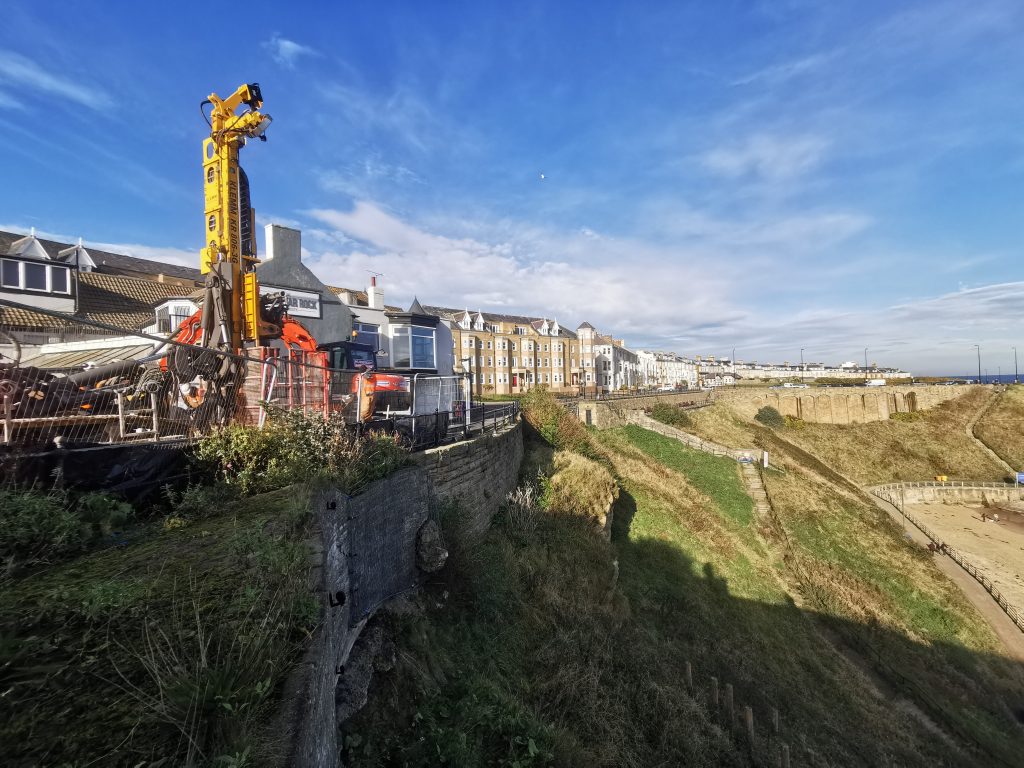
Soil Nails
Geotechnical solutions can also provide retaining stability, and soil nails is one of the most popular retaining wall applications. Steel bars are inserted into a slope to provide additional stability, and secured using a plate. They are a hugely versatile solution, making them applicable in a wide range of soil types and slope angles. Soil nailing can follow irregular and tight corners, as well as providing stability to the wall from the top to the bottom. This means that the soil can be secured whilst workers continue to dig down deeper, making it an efficient technique.
In October 2023, Aarsleff were contracted to install 262 Soil Nails, complete with drainage and shotcreting, in order to achieve slope stabilisation at a commercial project in Northampton. The final project involved the construction of two new DHL units. Discover more about the project →
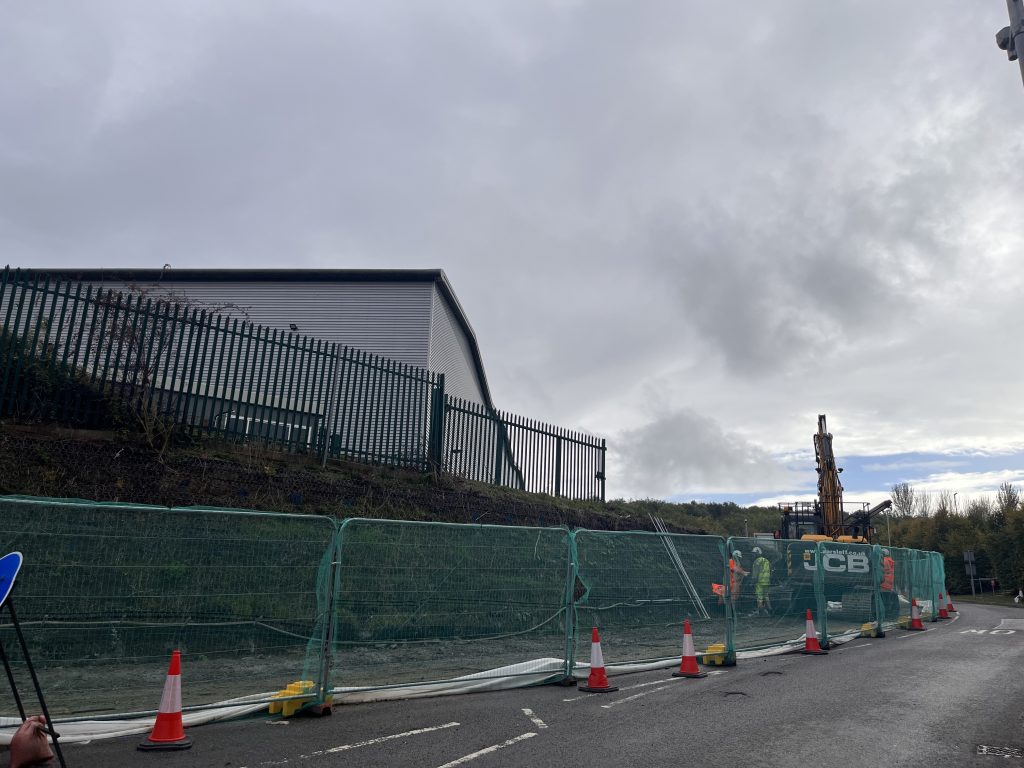
Conclusion
In conclusion, slope stabilisation can be achieved through a variety of retaining wall techniques, all of which have their own unique advantages. Aarsleff are experts in the design and delivery of operational excellence in retaining wall techniques and aim to add value through every stage of your scheme.
Get in touch below to discuss your project and learn how we create rounded solutions.
The Latest. News, podcasts & projects




